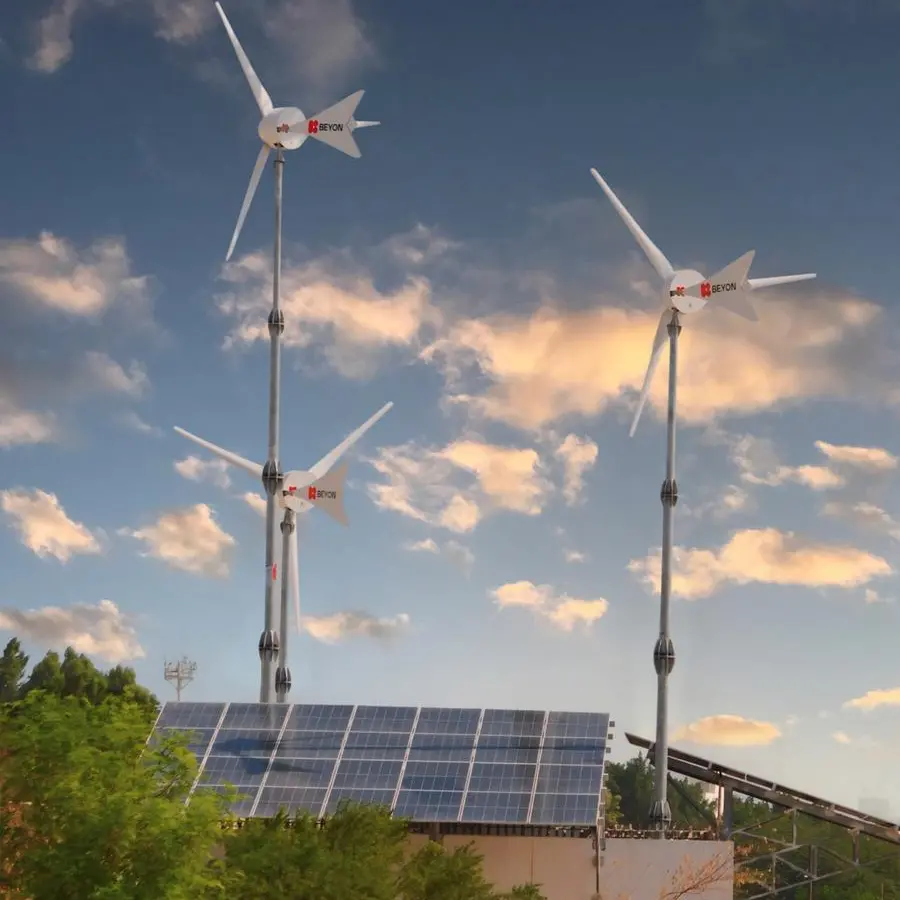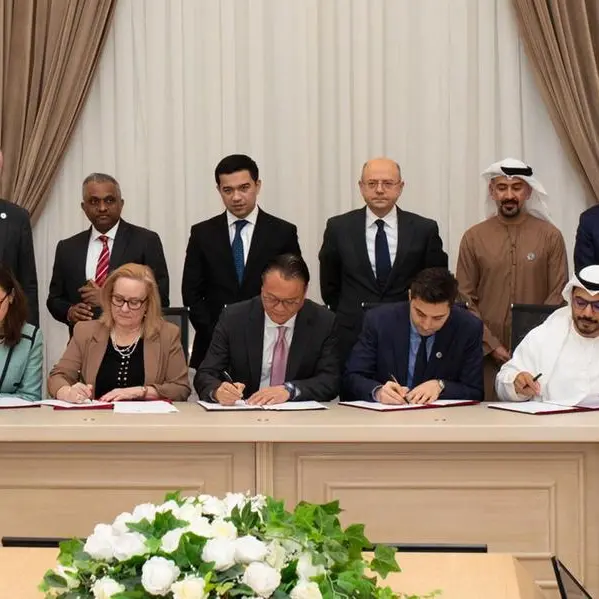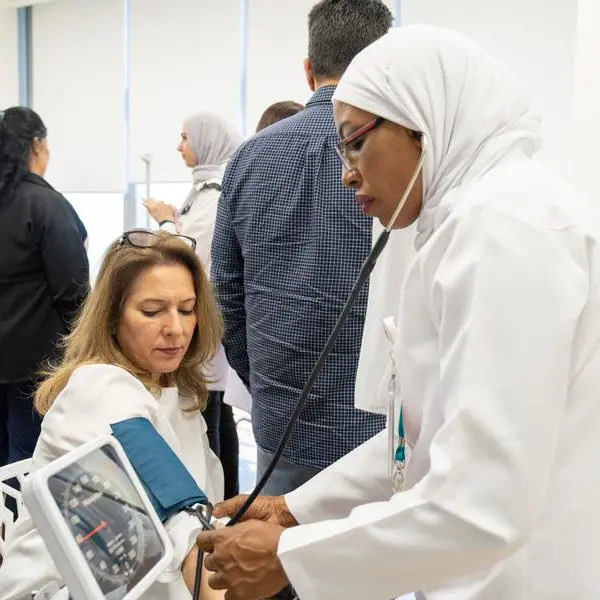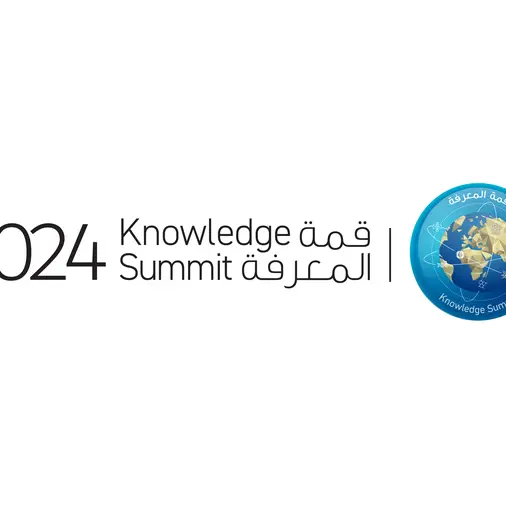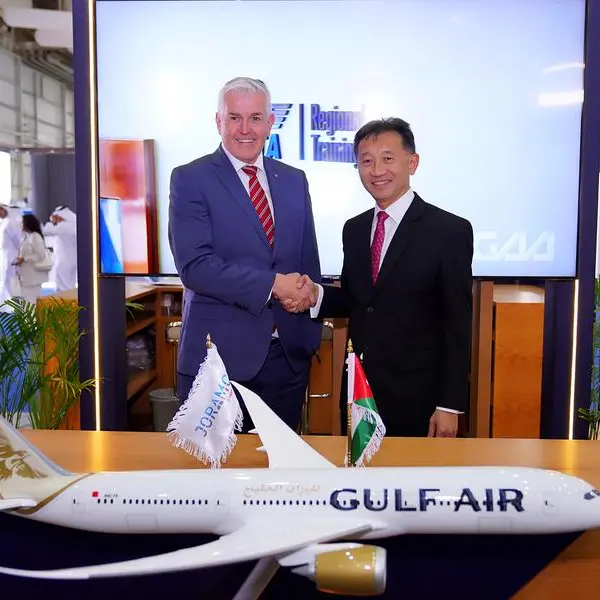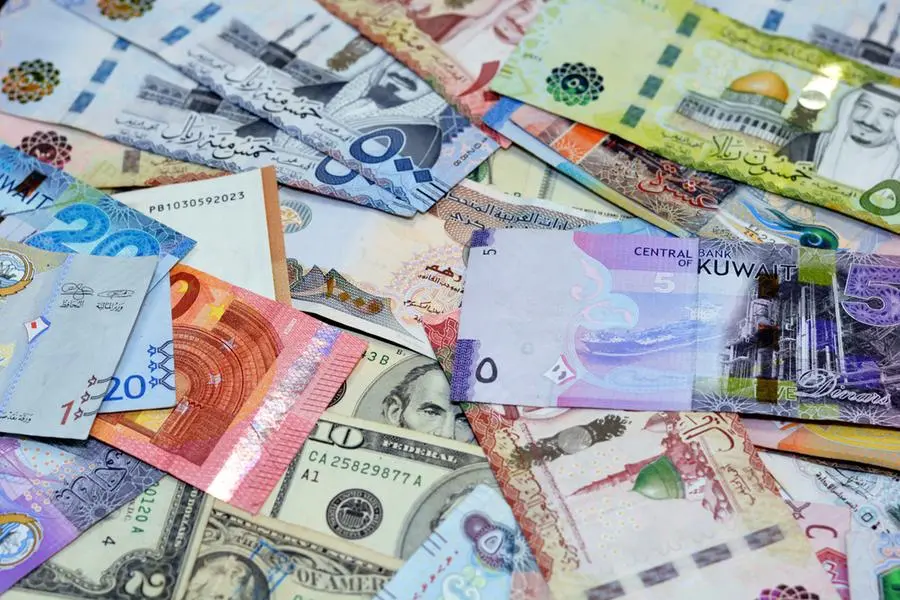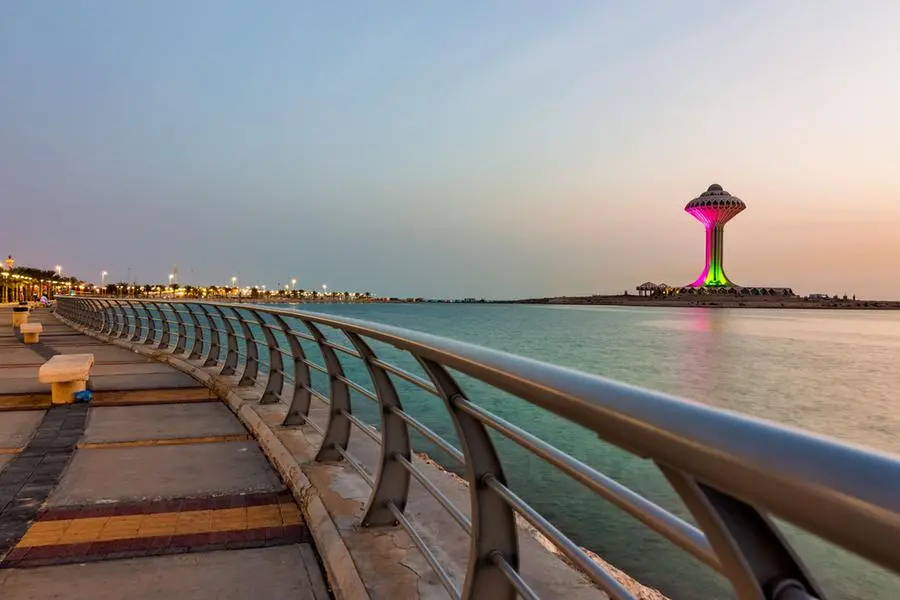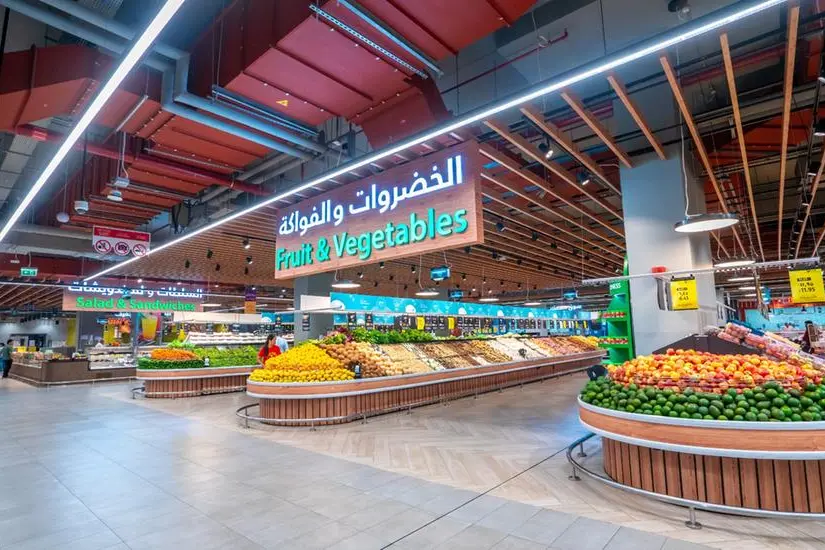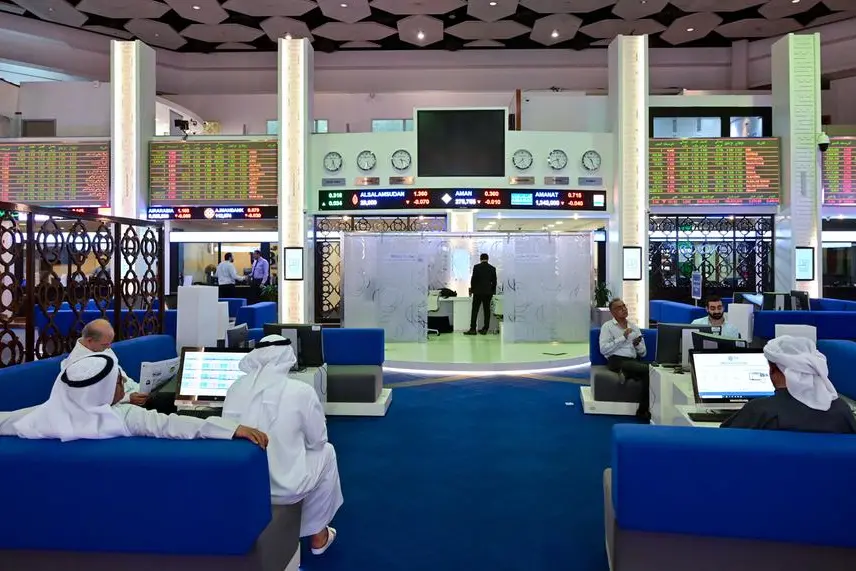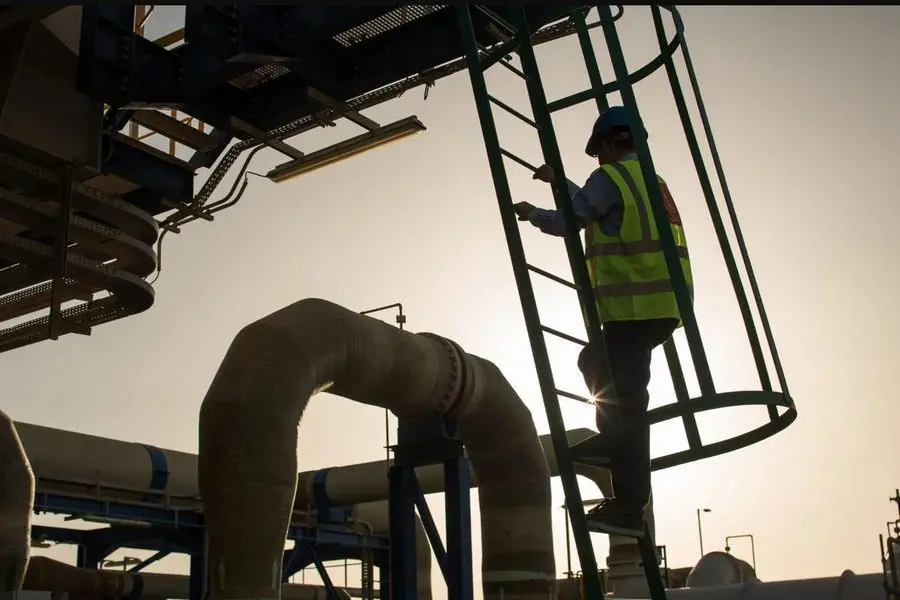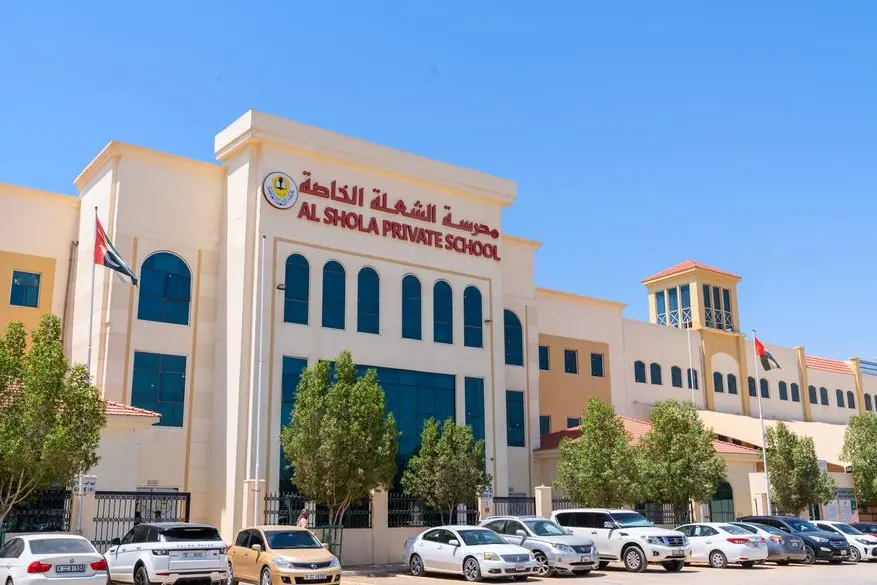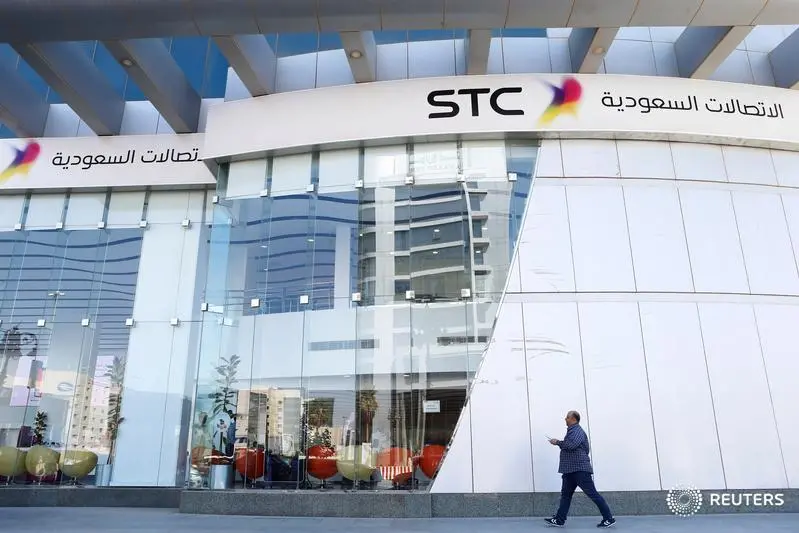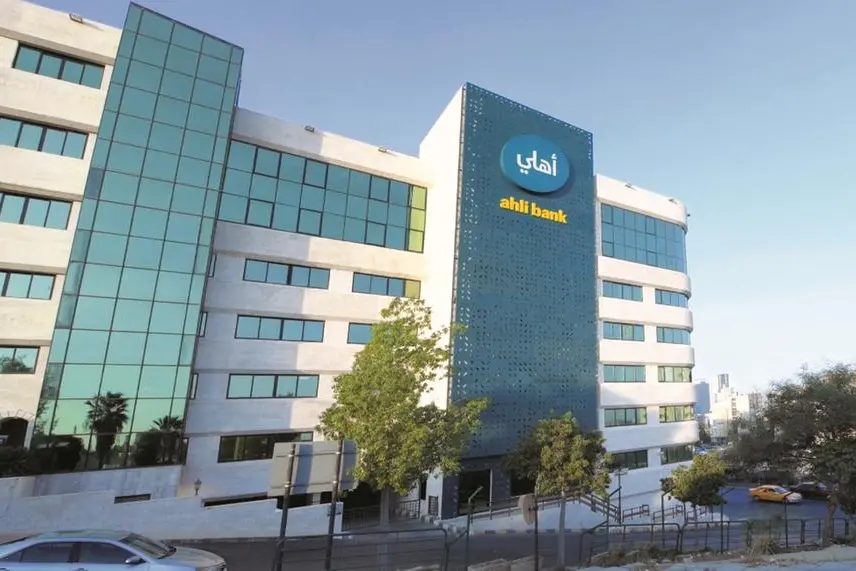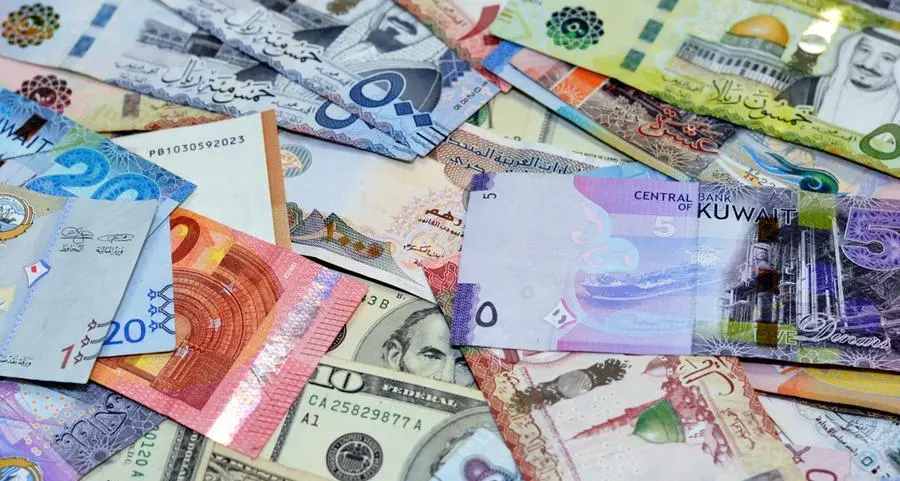
By Jasser Hammami, Field Editor
The underlying offshore exploration potential of Guinea-Bissau has long been recognized given the country’s functional hydrocarbon system, good potential reserves, and several drillable prospects in a vast shallow water shelf setting.
According to the country’s national oil company Petroguin, Guinea-Bissau authorized international businesses to begin prospecting for hydrocarbons in 11 offshore blocks where oil is likely to exist since October last year. In light of this, Energy Capital&Power will host MSGBC Oil, Gas&Power 2021, which will create a national platform for constructive dialogue on natural resource management, investment and initiatives for enhancing the productivity and sustainability of the current power matrix.
Offshore exploration might be the future of the energy sector in Guinea Bissau, with various projects underway to expand the country’s oil and gas sector.
Onshore Blocks 4 and 5
Onshore blocks 4 and 5 are licensed to the Equatorial Guinean corporation Ada Business GE Lta. Petroguin announced that it had signed a contract of association and participation with Ada Business GE Lta last September for “exploration, and exploitation of oil resources in blocks 4 and 5 on the mainland” of Guinea-Bissau.
AGC Shallow Block
The Agence de Gestion et de Coopération entre Le Sénégal et La Guinée Bissau (AGC) Shallow is only 100 km from Bissau and has sea depths ranging from 25m to 100m, with known oil between 50m to 70m. There are a total of 14 wells, however, only one has been drilled after the acquisition of 3D seismic data. The first 3D data was acquired in 1982 and re-shot in 2003. The most recent acquisition of 3D was in 2012.
Early wells in shallow reservoirs atop the salt-induced Flore Dome and Gea Dome have yielded significant amounts of oil. The AGC Authority is looking for offers of a future work program from interested parties who have reviewed all past data and can demonstrate competence to operate abroad. The AGC Authority will send additional information to interested parties explaining the block and its potential, as well as specifics on the awarding process.
The database, which includes both legacy data from past operators and more recent studies on shallow oil and reservoirs, has been given to Marine Geological and Geophysical Servicesto administer and license. The new data was used to conduct a study of existing wells and reprocessed seismic packages, which was then linked to potential commercial development options.
The Sinapa and Esperanca permits
The contiguous Sinapa and Esperanca licenses are located offshore Guinea-Bissau in the Casamance salt sub-basin. Australian independent FAR Limited owns a non-operating interest in these two licences, which are divided into three blocks (2, 4A, and 5A) and encompass almost 5,000 km2. Over 70% of the land is above a water column of less than 100 meters, with a maximum water depth of 1,500 meters to the west.
The Sinapa permit hosts the Sinapa oil discovery – a shallow water salt-related feature with contingent resources of ~13.4 mmbbls of recoverable light oil. The geotechnical assessment of this original discovery by FAR revealed additional possibilities around the salt diapir. These additional resources support a potential recoverable resource of over 72 mmbbls.
In 2017, a complete prospectivity evaluation of the blocks revealed an attractive shelf-edge geological setting along the western parts of the licences – a proven play fairway in Senegal. Two prospects, Atum and Anchova, have been prioritized for further exploration.
In order to meet the remaining commitments on the licenses, the Joint Venturers, Far Limited, Svenska Petroleum, and Petroguin agreed to ask for an additional three-year extension to the current exploration phase, with the backing of the National Oil Company of Guinea-Bissau, Petroguin.
Blocks 2 and 4A&5A offshore
According to independent Norwegian oil and gas exploration company PetroNor E&P, a full-cycle Africa-focused independent oil and gas exploration and production business, drilling for Blocks 2 and 4A&5A offshore Guinea Bissau under the Sinapa and Esperança Licences will take place between the end of this 2021 and next year.
The Norwegian entreprise made the statement while providing an update on its acquisition transaction of SPE Guinea Bissau AB, a wholly-owned subsidiary of Svenska Petroleum Exploration AB, Sweden, and the Operator of Block 2 of the Sinapa Licence, and Blocks 4A&5A of the Esperança Licence.
PetroNor also has operational interests in the Rufisque Offshore Profond and the Senegal Offshore Sud Profond licenses in Senegal.
Offshore Guinea-Bissau is due to see some potentially transformative exploration drilling in the new future, and this drilling can have a great role in reshaping the energy sector in the West African country.
Distributed by APO Group on behalf of Energy Capital&Power.
© Press Release 2021
Disclaimer: The contents of this press release was provided from an external third party provider. This website is not responsible for, and does not control, such external content. This content is provided on an “as is” and “as available” basis and has not been edited in any way. Neither this website nor our affiliates guarantee the accuracy of or endorse the views or opinions expressed in this press release.
The press release is provided for informational purposes only. The content does not provide tax, legal or investment advice or opinion regarding the suitability, value or profitability of any particular security, portfolio or investment strategy. Neither this website nor our affiliates shall be liable for any errors or inaccuracies in the content, or for any actions taken by you in reliance thereon. You expressly agree that your use of the information within this article is at your sole risk.
To the fullest extent permitted by applicable law, this website, its parent company, its subsidiaries, its affiliates and the respective shareholders, directors, officers, employees, agents, advertisers, content providers and licensors will not be liable (jointly or severally) to you for any direct, indirect, consequential, special, incidental, punitive or exemplary damages, including without limitation, lost profits, lost savings and lost revenues, whether in negligence, tort, contract or any other theory of liability, even if the parties have been advised of the possibility or could have foreseen any such damages.
